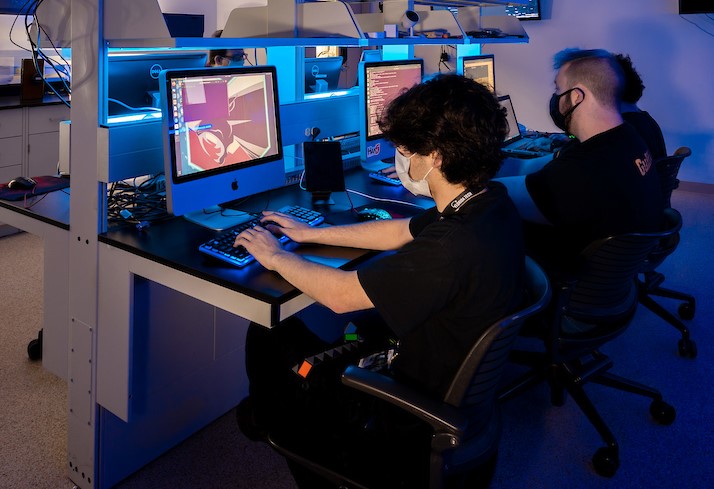Document Type
Conference Proceeding
Publication Title
Proceedings of SPIE - the International Society for Optical Engineering
Abstract
Third-generation (3G) wireless networks, based on a hierarchical cellular structure (HCS), support tiered levels of multimedia services. These services can be categorized as real-time and delay-sensitive, or non-real-time and delay-insensitive. Each call carries demand for one or more services in parallel; each with a guaranteed quality of service (QoS). Roaming is handled by handoff procedures between base stations (BSs) and the mobile subscribers (MSs) within the network. Metrics such as the probabilities of handoff failure, dropped calls and blocked calls; handoff transition time; and handoff rate are used to evaluate the handoff schemes, which also directly affect QoS. Previous researchers have proposed a fuzzy logic system (FLS) with neural encoding of the rule base and probabilistic neural network (PNN) to solve the handoff decision as a pattern recognition problem in the set of MS signal measurements and mobility amid fading path uncertainties. Both neural approaches evaluate only voice traffic in a closed, single-layer network of uniform cells. This paper proposes a new topology-preserving, selforganizing neural network (SONN) for both handoff and admission control as part of an overall resource allocation (RA) problem to support QoS in a three-layer, wideband CDMA HCS with dynamic loading of multimedia services. MS profiles include simultaneous service requirements, which are mapped to a new set of variables, defined in terms of the network radio resources (RRs). Simulations of the new SONN-based algorithms under various operating scenarios of MS mobility, dynamic loading, active set size, and RR bounds, using published traffic models of 3G services, compare their performance with earlier approaches.
First Page
90
Last Page
108
DOI
10.1117/12.380562
Publication Date
3-30-2000
Recommended Citation
Hortos, W. S. (2000). Adaptive handoff algorithms based on self-organizing neural networks to enhance the quality of service of nonstationary traffic in hierarchical cellular networks. Paper presented at the Proceedings of SPIE - the International Society for Optical Engineering, , 4055 90-108.


